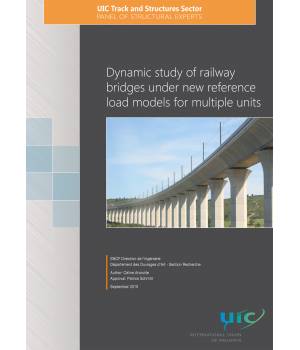En poursuivant votre navigation sur ce site, vous devez accepter l’utilisation et l'écriture de Cookies sur votre appareil connecté. Ces Cookies (petits fichiers texte) permettent de suivre votre navigation, actualiser votre panier, vous reconnaitre lors de votre prochaine visite et sécuriser votre connexion. Pour en savoir plus et paramétrer les traceurs: Cliquez ici
Cookies nécessaires
Toujours actif
Ces cookies sont strictement nécessaires au fonctionnement du site, vous pouvez les désactiver en modifiant les paramètres de votre navigateur mais vous ne pourrez pas utiliser le site normalement.
Cookies utilisés
Cookies fonctionnels
Ces cookies fournissent les informations nécessaires aux applications du site lui-même ou intégrées par des tiers, si vous les désactivez, vous pouvez rencontrer des problèmes dans le fonctionnement de la page.
Cookies utilisés
Cookies de performance
Ces cookies sont utilisés pour analyser le trafic et le comportement des clients sur le site, nous aider à comprendre et comprendre comment vous interagissez avec le site afin d'améliorer les performances.
Cookies utilisés
Cookies guidés
Ces cookies peuvent provenir du site lui-même ou de tiers, ils nous aident à créer un profil de vos intérêts et à vous proposer de la publicité en fonction de vos préférences et intérêts.
Cookies utilisés
Cookies réseaux sociaux
Ces cookies sont utilisés pour que nos publicités qui apparaissent sur des sites tiers, dont les réseaux sociaux, soient adaptées à vos préférences, sur la base des pages que vous avez consultées, de votre navigation, et de l\'historique de vos interactions. Ils nous permettent également de mesurer l’efficacité de nos campagnes.
Cookies utilisés
Cookies de mesure d\'audience
Ces cookies servent à mesurer et analyser l’audience de notre site (fréquentation, pages vues, temps moyen, etc.) afin d’en améliorer la performance. En acceptant ces cookies, vous contribuez à l’amélioration de notre site.
Cookies utilisés
L'utilisateur est informé qu'il a la possibilité de configurer son navigateur afin d'être informé de la réception de cookies, pouvant, s'il le souhaite, empêcher leur installation sur son disque dur.
Nous fournissons ci-dessous des liens vers différents navigateurs, grâce auxquels vous pouvez effectuer cette configuration :
Firefox : http://support.mozilla.org/es/kb/habilitar-y-deshabilitar-cookies-que-los-sitios-web
Chrome : https://support.google.com/chrome/answer/95647?hl=es
Internet Explorer / Edge : https://support.microsoft.com/es-es/help/17442/windows-internet-explorer-delete-manage-cookies
Safari : http://support.apple.com/kb/ph5042
Opéra : http://help.opera.com/Windows/11.50/es-ES/cookies.html


